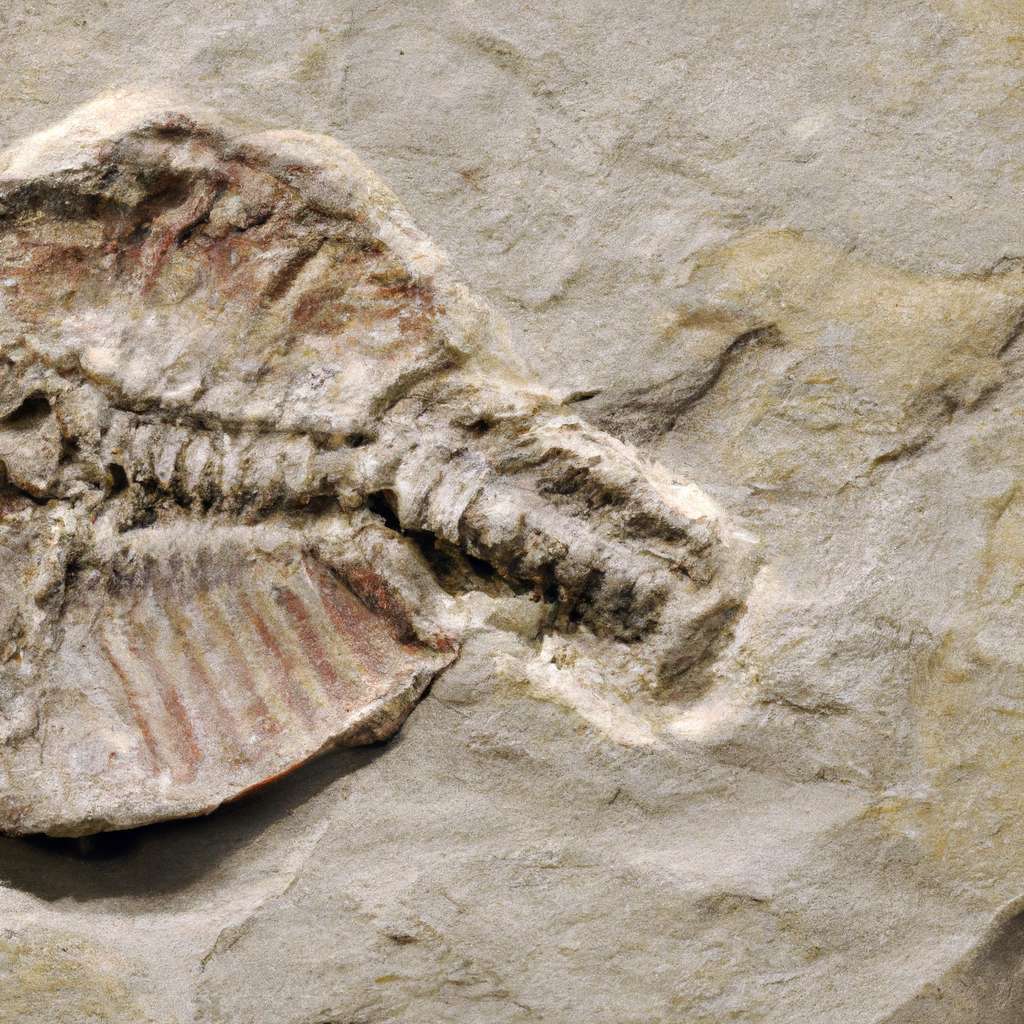When it comes to the fascinating world of dinosaurs, many questions remain unanswered. One such intriguing query is how these prehistoric creatures slept. Did they lay down like dogs or cats, or did they sleep standing up, similar to horses and cows? This article aims to shed light on this captivating subject by exploring various theories and scientific findings.
Dinosaur Sleeping Patterns: A Mystery Unfolding
The sleeping habits of dinosaurs have been a topic of debate among paleontologists for decades. Fossil evidence provides some clues, but definitive answers are hard to come by. The key to unlocking this mystery may lie in examining the sleep behaviors of their closest living relatives: birds and reptiles.
Laying Down or Standing Up?
One of the most common questions is whether dinosaurs slept standing up or laying down. Certain large herbivores today, such as cows and horses, sleep standing up to quickly escape predators. Could dinosaurs have adopted a similar strategy?
On the other hand, many bird species, which are considered direct descendants of dinosaurs, typically sleep perched on branches. However, they do not technically stand up; instead, they lock their feet onto the perch. This raises the question, “do birds lay down to sleep?” Not exactly, but they don’t stand either.
Insights from Modern Animals
Looking at animals that sleep standing up can offer some insight into dinosaur sleep patterns. For instance, giraffes and flamingos sleep standing up, using a locking mechanism in their legs for stability. This allows them to respond quickly to threats even while resting. If we consider the size and potential vulnerability of certain dinosaur species, it’s plausible that some might have adopted a similar sleeping position.
The Ornithosaurus Case
One particular dinosaur species, the Ornithosaurus, provides interesting insights into this question. This bird-like dinosaur had a skeletal structure that suggests it could have slept perched on branches, much like modern birds. But does this mean all dinosaurs slept in this way? Not necessarily. Dinosaurs were a diverse group with a wide range of sizes and lifestyles, which likely resulted in varied sleep habits.
Can You Sleep Standing Up?
For humans, sleeping standing up seems almost impossible without falling over. However, certain animals can do it thanks to specialized body structures. If dinosaurs had similar adaptations, they too might have been able to rest while remaining upright. However, until more evidence is found, this remains speculative.
Sleeping with Dinosaur Arms
Another intriguing aspect of dinosaur sleep is the position of their arms. Some theories suggest that dinosaurs like T-Rex, known for their short arms, may have used these limbs as props while sleeping, similar to how birds fold their wings. This “dinosaur arms sleeping position” theory provides a fascinating perspective on how these creatures might have rested.
Unanswered Questions
While we’ve made significant strides in understanding dinosaur behavior, many questions about their sleep remain unanswered. How did dinosaurs go to sleep? Did they dream? Did their sleep patterns vary between species or change with age or season? As paleontologists continue to dig deeper, we can look forward to new discoveries that will shed light on these ancient mysteries.
Conclusion
So, did dinosaurs sleep standing up? The answer is: we don’t know for sure. While some evidence suggests that certain species might have been capable of sleeping while standing or perched, it’s likely that others laid down to rest. As with many aspects of dinosaur behavior, more research is needed to fully understand their sleep habits. But one thing is certain: the more we learn about these incredible creatures, the more fascinating they become.
References
[1] “Dinosaur Sleep: What We Know and What We Don’t”, Dinosaur Journal, 2023.
[2] “Sleeping Giants: How Dinosaurs Slept”, Paleontology Today, 2023.
[3] “The Sleeping Habits of Dinosaurs: An Ongoing Debate”, Prehistoric Times, 2023.

